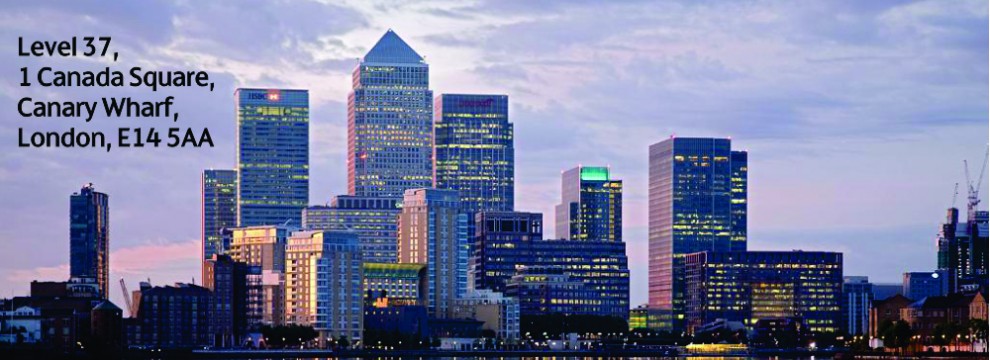Major commitment for many businesses. How that acquisition is funded requires careful planning. Rather than pay for the asset outright using cash, it can often make sense for businesses to look for ways of spreading the cost of acquiring an asset, to coincide with the timing of the revenue generated by the business. The most common sources of medium term finance for investment in capital assets are hire purchase and leasing.
Leasing and hire purchase are financial facilities that allow a business to use an asset over a fixed period, in return for regular payments. The business customer chooses the equipment it requires and the finance company buys it on behalf of the business. Many kinds of business asset are suitable for financing using hire purchase or leasing, including:
- Plant and machinery
- Restaurant & Kitchen equipment
- Business cars
- Commercial vehicles
- Agricultural equipment
- Hotel equipment
- Medical and dental equipment
- Computers, including software packages
- Office equipment
Hire Purchase
With a hire purchase agreement, after all the payments have been made, the business customer becomes the owner of the equipment. This ownership transfers either automatically or on payment of an option to purchase fee. For tax purposes, from the beginning of the agreement the business customer is treated as the owner of the
Equipment and so can claim capital allowances Capital allowances can be a significant tax
Incentive for businesses to invest in new plant and machinery or to upgrade information systems. Under a hire purchase agreement, the business customer is normally responsible for maintenance of the equipment.
Leasing
The fundamental characteristic of a lease is that ownership never passes to the business customer. Instead, the leasing company claims the capital allowances and passes some of the benefit on to the business customer, by way of reduced rental charges. The business customer can generally claim the depreciation and deduct the interest from taxable income, as a trading expense. As with Hire Purchase, the business customer will normally
be responsible for maintenance of the equipment. There are a variety of types of leasing arrangement:
Finance Leasing
The finance lease or ‘full payout lease’ is closest to the Hire Purchase alternative. The leasing company recovers the full cost of the equipment, plus charges, over the period of the lease. Although the business customer does not own the equipment, they have most of the ‘risks and rewards’ associated with ownership. They are responsible for maintaining
and insuring the asset and must show the leased asset on their balance sheet as a capital item. When the lease period ends, the leasing company will usually agree to a secondary lease period at significantly reduced payments. Alternatively, if the business wishes to stop using the equipment, it may be sold second-hand to an unrelated third party. The business arranges the sale on behalf of the leasing company and obtains the bulk of the sale proceeds.
Operating Leasing
If a business needs a piece of equipment for a shorter time, then Operating Leasing may be the answer. The leasing company will lease the equipment, expecting to sell it second-hand at the end of the lease, or to lease it again to someone else. It will, therefore, not need to recover the full cost of the equipment through the lease rentals. This type of leasing is common for equipment where there is a well-established second-hand market (e.g. cars and construction equipment). The lease period will usually be for two to three years, although it may be much longer, but is always less than the working life of the machine. Assets financed under Operating Leases are not shown as assets on the balance sheet. Instead, the entire operating lease cost is treated as a cost in the profit and loss account.
Next steps
If you are interested in speaking to someone about Leasing & Asset Finance solutions, please
Call: 0800 783 9008


 Registered Office: 1 Canada Square, Canary Wharf, London, E14 5AA, U.K.
Registered Office: 1 Canada Square, Canary Wharf, London, E14 5AA, U.K.